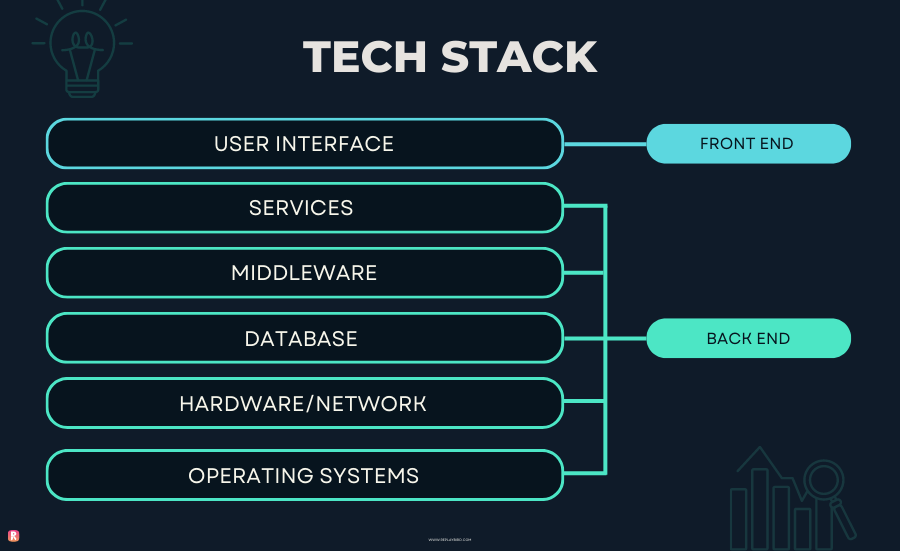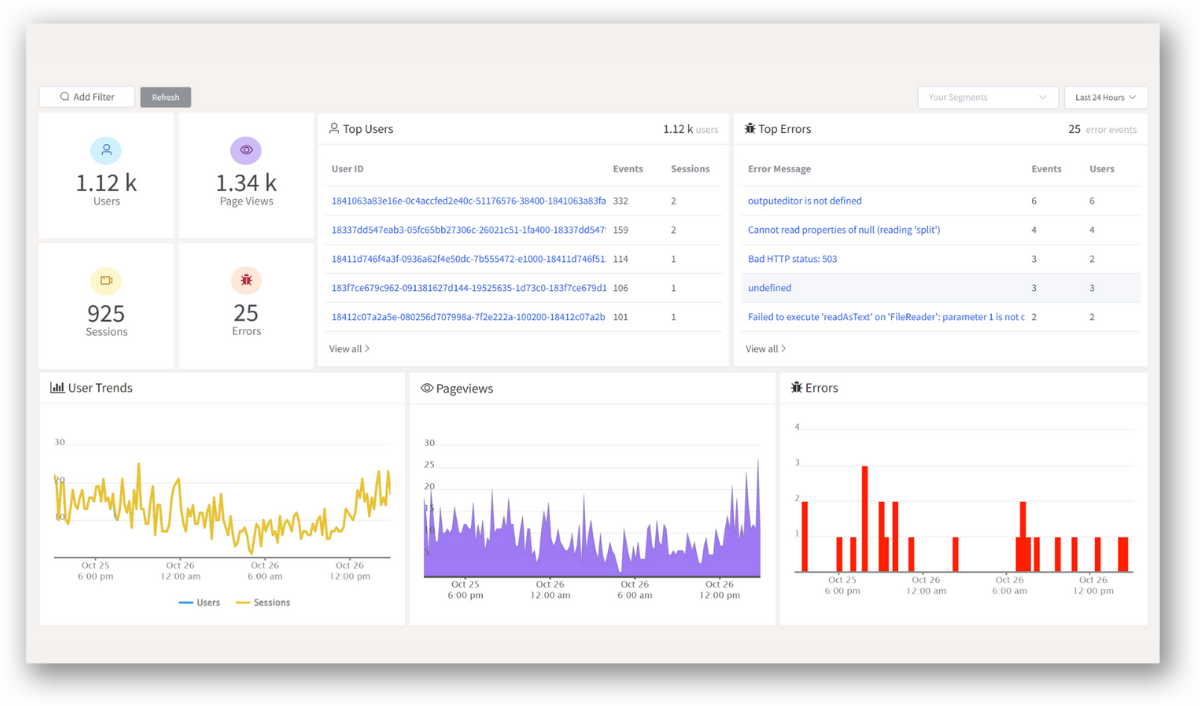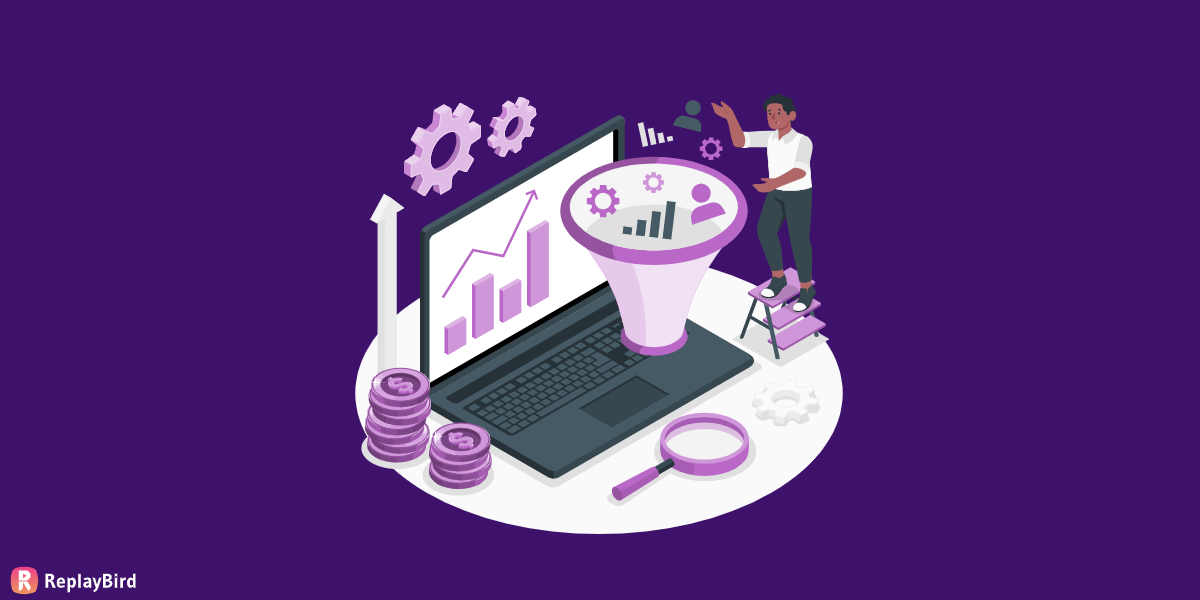As a software company, it is important to invest in the different aspects of your tech stack.
A tech stack provides your product team with all the tools they need to build a foolproof product that meets all your customer's needs, resulting in success.
Here are the topics that we will cover in this tech stack blog:
- What is a Tech Stack?
- Top Categories of Tech Stack
- Why is Perfecting your Tech Stack Important?
- Easy Tips to Build a Good Tech Stack
What is a Tech Stack?
A Tech stack, also called a "solutions stack is a collection of technologies used by a brand or a company to build and run applications.
A tech stack consists of several programming languages, databases, front-end tools, back-end tools, and API-connected applications.
A technology stack is a stack of technology arranged on top of each other in order to build an application.
It is also known as technology infrastructure and is essential in creating an easy-to-maintain web application.
Most tech stacks are a combination of front-end and back-end tools.

Top Categories of Tech Stack
Today, there is an abundance of tools that can be utilized by product managers, teams and engineers to build the perfect product for their market.
A company in its beginner stage may opt for ones with low-costing and flexible options whereas another might focus on maximizing scalability to meet the enterprise goals and expectations.
#1 Programming languages and operating systems:
This is chosen depending on which is the most comfortable for the team to develop.
And it also depends on which kind of application you want to optimize.
Common languages and operating systems: iOS, Android, Linux, JavaScript, Python, Java.
#2 Servers:
This includes servers, distribution network, routing and caching services which make the application run smoothly.
You can mix them up and match them depending on your product requirements and budgets.
Common services: Google Cloud, Apache, AWS, Azure, Fastly.
#3 Data storage:
Consists of data pipelines, data warehouse, relational and non-relational databases which are the key components in order to store real-tine as well as historical data.
Another important aspect is that it stores data regarding what users do with your app, hence later you can go back into this data and improve certain parts of the applications.
Common data infrastructures: Redshift, Snowflake, MySQL, MongoDB
#4 Front-end tools:
These tools and frameworks are usually used to enhance user experience, user interface and all client-side functionalities.
Common front-end tools: Bootstrap, Backbonejs, React.
#5 Back-end tools:
Includes the basic functions required to build an application and providing structure for organizing and communicating with the database.
Common back-end tools: NET, Spring, Ruby On Rails
#6 Product and behavioral analysis:
Used to track, store and analyse user behavior throughout the customer journey.
These tools provide clear insights and keep the data clean and organized.
This helps to improve and optimize the product and website's user experience.
Common analytics tools: ReplayBird, Heap, Google Analytics
Why is Perfecting Your Tech Stack Important?
Your tech stack builds the image around your brand; it represents the kind of products your make, the efficiency of your work, and even the engineers you hire for the brand.
Some technologies are good for customization but not for other stuff.
Whereas some might allow for less customization but are good for particular segments of the audience, such as android users.
Nevertheless, there is always the possibility of acquiring a tech stack that meets your needs.
Most of the popular backend solutions allow you to automatically add extra servers according to your needs rather than having to estimate the usage and pay upfront.
For utility and business apps, opt to invest in options with low cost for switching to allow future growth.
This helps in future switching when you want to go for the advanced version.
Hence, make sure to begin building tools that have a growth scale.
Be extra mindful while selecting a product analytics tool because they tell you how your product is in terms of performance, which features are being used, and which are the problematic areas.
Hence they are quite important in helping plan the roadmap. Product analytics tools give you useful insights to improve your product.
Easy Tips to Build a Good Tech Stack
#1 Prioritize your strategy:
First come up with an efficient and working strategy.
Although it might be tempting to put in your money over whichever tools seems good, but before you do that figure out the purpose of your investment.
This is seen as the first step in creating a tech stack that perfectly meets your company's requirements.
#2 Research:
Before you go ahead and settle for the cheapest or the most popular and common tool look at the clear picture of pros and cons.
Go for the ones that bring the most value to your business.
Consider the niche of your company and look for tools which directly cater to those needs.
#3 Adaptability:
Your tech stack should be such that it must encourage and allow your brand to scale.
Weigh your business goals against the limitations of the tool you're going for.
This will give certain clarity whether or not to go for that tool.
Bonus tip:
Product team members are the ones who are going to be using the tech stack.
So it is highly important for you to consider their needs before you build one.
ReplayBird - Driving Revenue and Growth through Actionable Product Insights
ReplayBird is a digital experience analytics platform that offers a comprehensive real-time insights which goes beyond the limitations of traditional web analytics with features such as product analytics, session replay, error analysis, funnel, and path analysis.
With Replaybird, you can capture a complete picture of user behavior, understand their pain points, and improve the overall end-user experience. Session replay feature allows you to watch user sessions in real-time, so you can understand their actions, identify issues and quickly take corrective actions. Error analysis feature helps you identify and resolve javascript errors as they occur, minimizing the negative impact on user experience.

With product analytics feature, you can get deeper insights into how users are interacting with your product and identify opportunities to improve. Drive understanding, action, and trust, leading to improved customer experiences and driving business revenue growth.
Try ReplayBird 14-days free trial
Further Reading







